|
Selecting the proper gear is not an easy task, but there are plenty of general rules that you can keep in mind when making your selections. I am going to try to take you through the steps of good selection based on my experience with combat pants and using them in rough conditions. This is mostly going to be a discussion about how an individual can shop for combat uniforms/clothing when they are not bogged down by unit requirements or the military uniform restrictions. LOADOUT SETUP Most of what you need to look for in a combat uniform is going to be dependent on how your loadout is set up and what you can live with. First thing I want to discuss is what kind of gear you are probably gonna want to have on your person, or in your uniform. This gear will be on you at all times and will need to be located in areas that are easy to reach, or just out of the way, depending on what it is and how often it will be used. For example, things like chap stick, bug repellent, sun screen, TP, face paint, note gear, and folding knives are not items you will most likely find yourself needing in a hurry. Therefore, they can be taken off the vest and put in pockets. The location on your person will most likely be determined on the construction of the item, the weight, and the priority. MATERIALS/CONSTRUCTION The materials chosen for your clothing will possibly make or break you in the field. There are a variety of material combinations used in uniforms. There is 100% cotton in twill or with rip-stop. This is generally the weakest and will tend to rip, fade, and deteriorate relatively quick regardless of it having rip-stop. Twill is generally not very rip resistant, however it generally is more wear and fade resistant across the material plain. Next there is the all too popular 50/50 cotton nylon combo which is renown for its' light weight, durability, and resistance to fading This can also come with or without rip-stop, but it may be more durable and have better insulation if it has ripstop. Lastly, you will see that there is a mix of cotton and polyester. The normal ratio with this synthetic fabric blend is 65% cotton/35% polyester. There are some where you will see 60/40, but mostly in foreign manufactured clothing. Regardless, this blend is known to be one of the thicker, tougher, and longer lasting blends. In my experience, the material outlasts the stitching, depending on how it is stitched and in what areas. I find that a BDU made in this blend can suffer from failed stitching in the crotch. My theory is that the polyester is so tough and it has little give, which translates the stress directly to the stitching. The rip-stop does not help this issue much, and I would say this is only really useful in wet and cold climates due to how well it insulates. Otherwise, I think the user is running the risk of overheating themselves for a slight increase in durability and fade resistance. The next thing to discuss is how the material is used in the construction. As I stated, the BDU and ACU style uniform pants seem to suffer from the overall stiff characteristics of poly-cotton. However, many tactical pants are constructed with this blend with great success. I find that having reinforced stitching in certain vital areas like the inseam and crotch tend to work well all around, massively increasing your pant durability. Also, I am always a fan of a good gusseted crotch. This is something that has yet to be incorporated in many uniforms, but that is because NYCO generally does a good job of giving slightly, releasing tension on the stitching. Most tactical pants have hard materials for long life and durability while the military uniforms are typically going for overall performance capability in the field or in the office. I generally feel that pants and shirts/blouses have different construction requirements. For example, pants see the most movement in combat. You running, kneeling, sitting, falling, and crawling wears on the pants more than the shirt, for the most part. This means that you may want to make sure your pants are built tough. If you are not in the military, you will typically have the luxury to decide things like wearing poly-cotton tactical pants and a cotton twill blouse. The blouse or shirt does not typically rank high for me in terms of needing the highest durability. For one thing, the top is mostly covered with gear, and also the top needs to be able to breathe. However, having a thick and insulating shirt or blouse may not be a bad idea, depending on how much you are gonna be on the move. There are many things you will want to keep in mind when making a choice. But remember that materials are an important component you are best to keep in mind. POCKETS Pockets are a handy feature on clothing. However, the pockets on your clothing can also be a waste of space. Until you put all your gear on and get out into the field, I feel most people will not respect how important pocket angles, size, construction, and location are. Take wearing something like an Arktis K170 for instance. This vest fully encompasses the chest region, making pockets and even camouflage in that area pointless. With this vest, it is well within reason to just wear something like a combat shirt. However, if you want items off your arms and legs, you could still settle for a BDU or ACU pattern shirt. The pockets on the ACU are more useful since they are small and angled, yet the velcro they use is less than ideal for noise discipline and service life. The old school BDU design has it's place in things like the old ALICE LBE gear, which allows you to use all the shirt pockets with relative ease since the belt ideally fits between the top and bottom blouse pockets. This is the only kind of gear that seems to allow that kind of complete access for any type of blouse/shirt/jacket pockets. But then again, having access to the pockets may not really be all that important or necessary in the first place, depending on the gear you need for the mission. If you are on a mission that will require alot of navigation, face painting, and eating on the go, you might want more pockets and have gear that is minimized for this type of requirement. COLOR SELECTION Selecting the color of your uniform is a touchy subject for many people. It honestly should be. Don't just go out and grab some crap like UCP. For me, I think that something like OD green boonies and pants is completely acceptable for a wooded area where the dominant color is green. However, your blouse or jacket may be better off in a camouflage pattern that compliments that specific environment. i could go on for a long while about this type of subject, but that is material for another article. CLOSING THOUGHTS Overall, my advise is to keep things simple, not trendy with multicam or stuff the military uses, just because they use it. Simplicity is in efficiency. Make sure you have what you need and that you are not wasting space. Also, make sure your uniform is made of the right materials that will last and keep you going through your mission(s).
|
Do It RiteAlaska-Based Youtube Vlogger, Retired Marine, Firearm and Gear Tester. Archives
December 2023
Categories
All
|
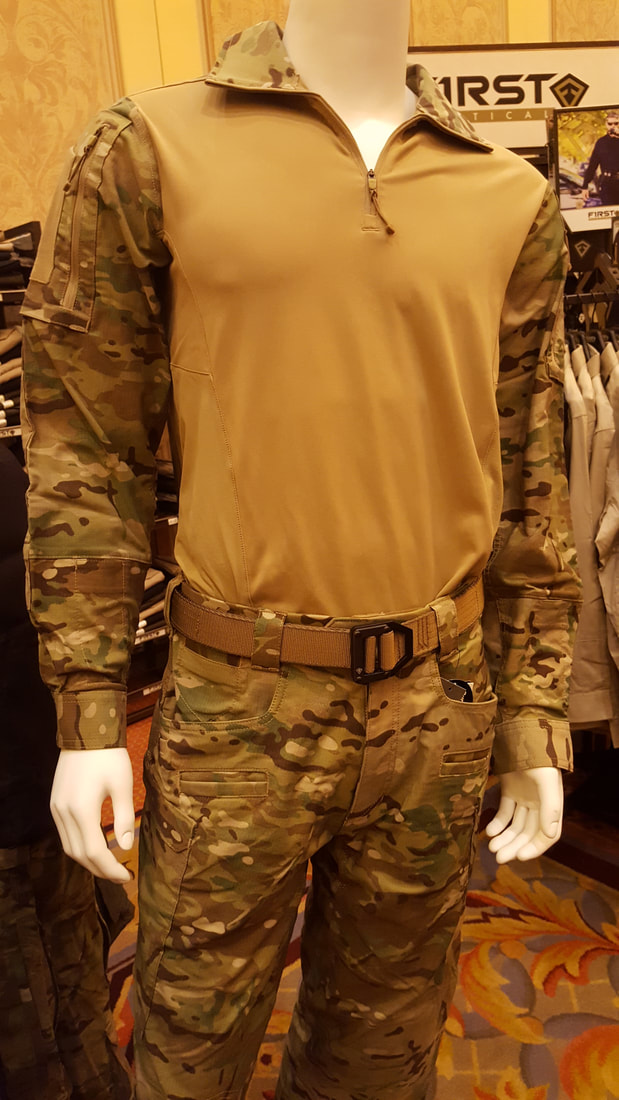
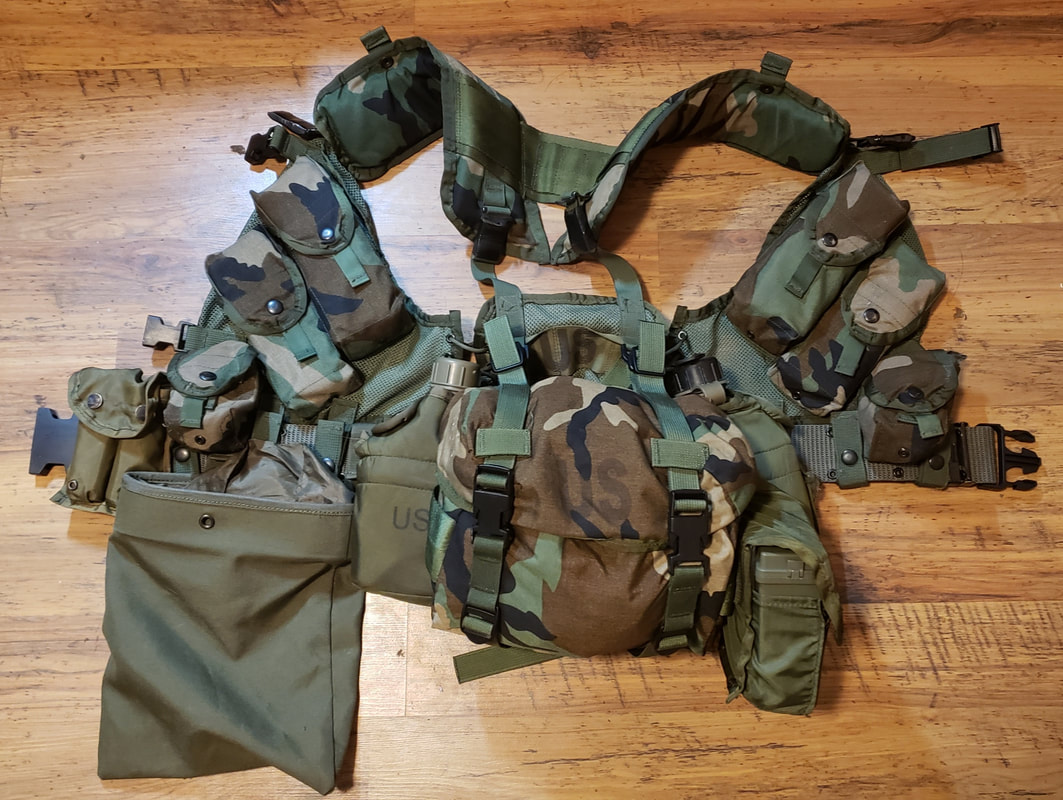
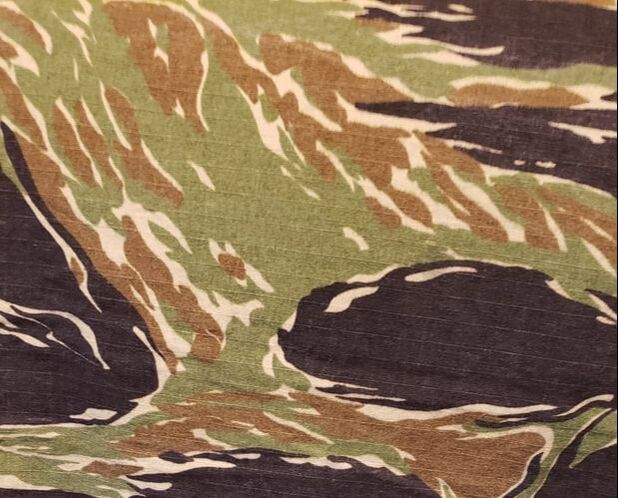
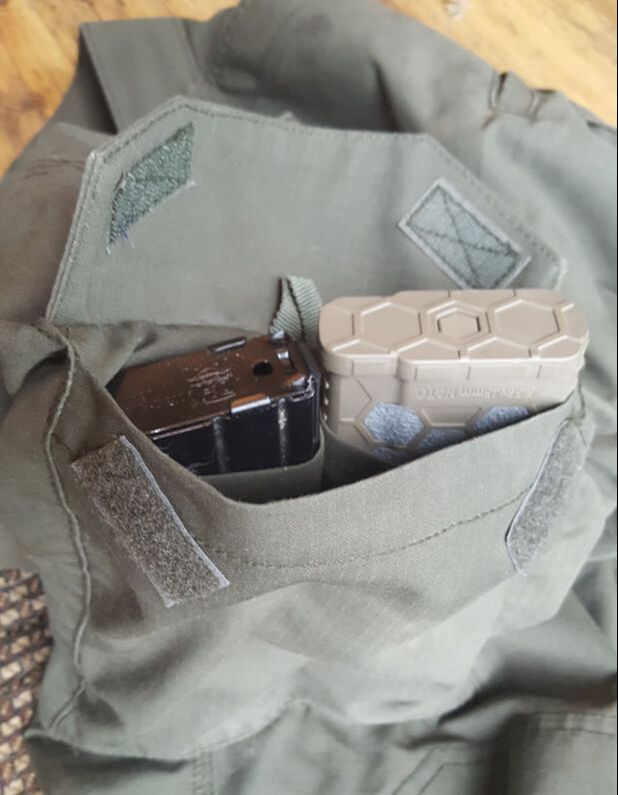
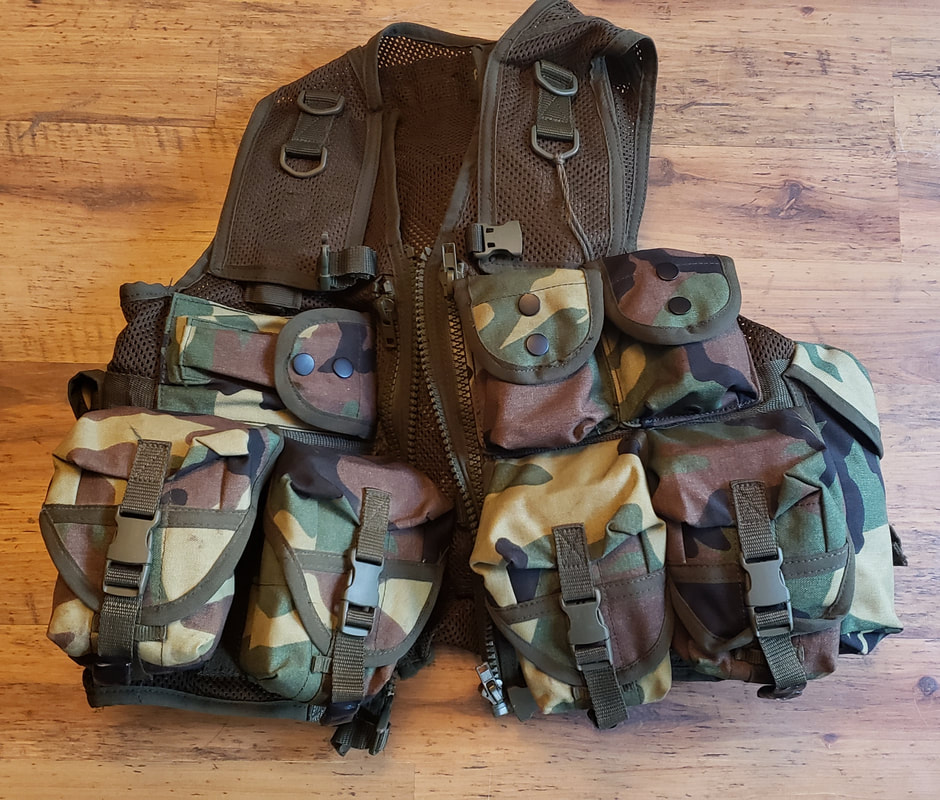
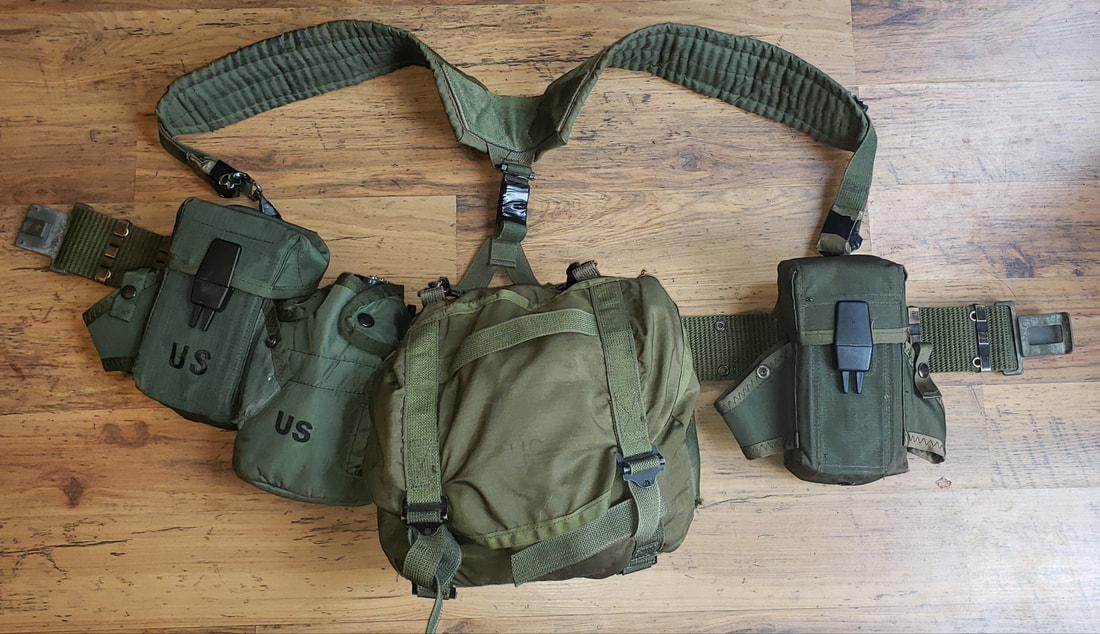
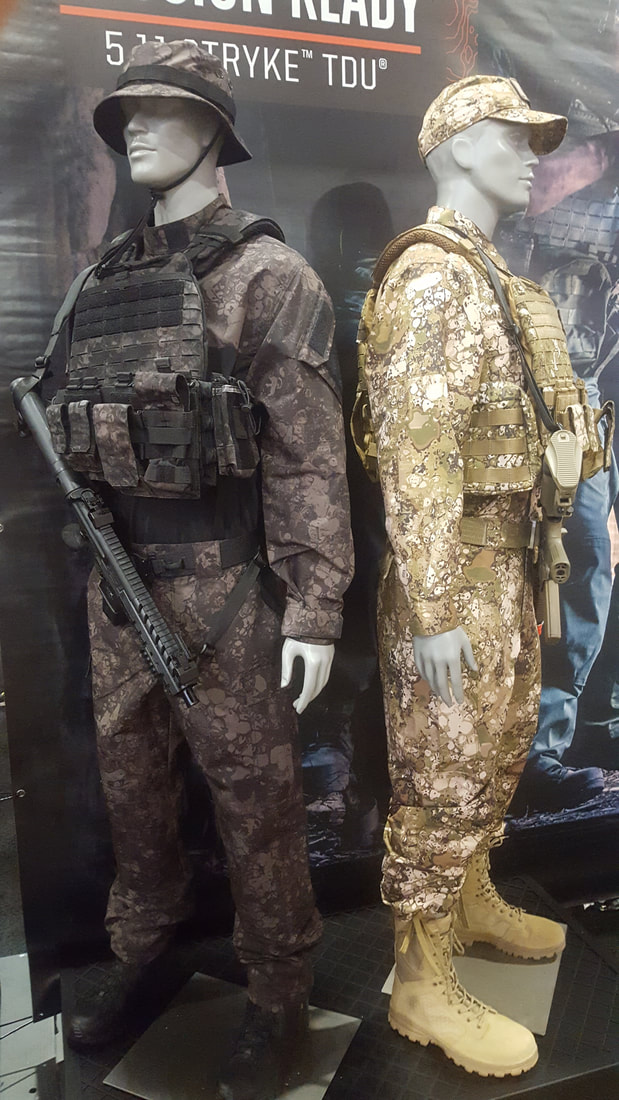
 RSS Feed
RSS Feed